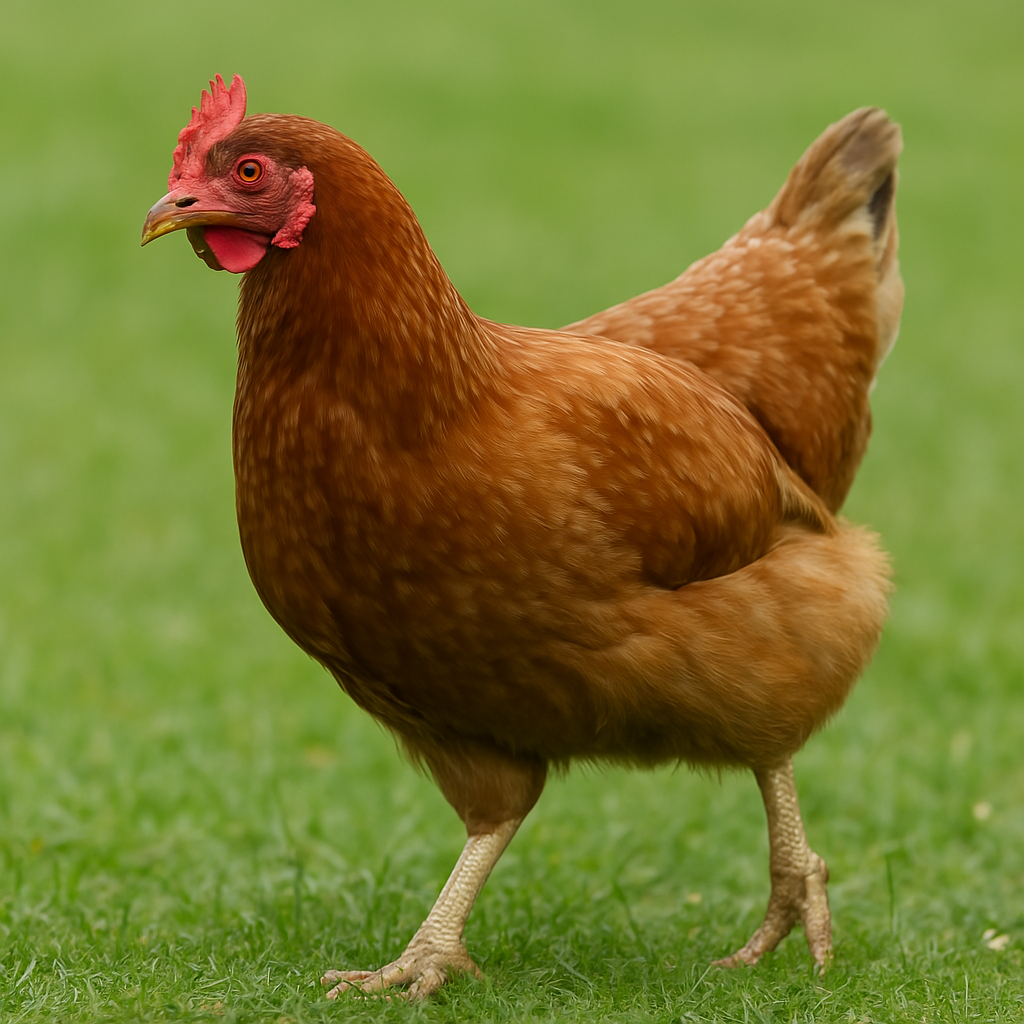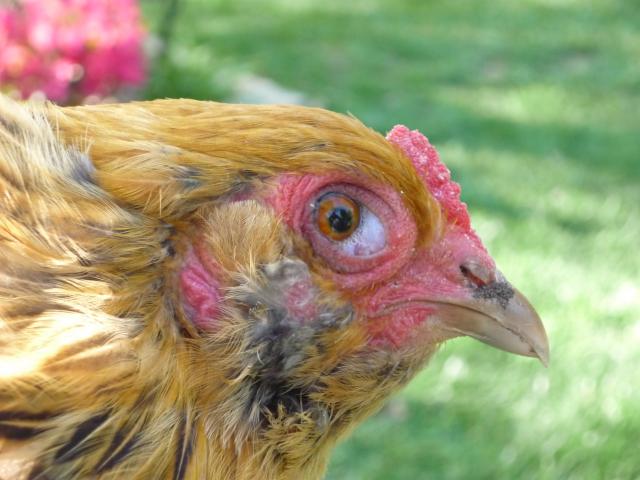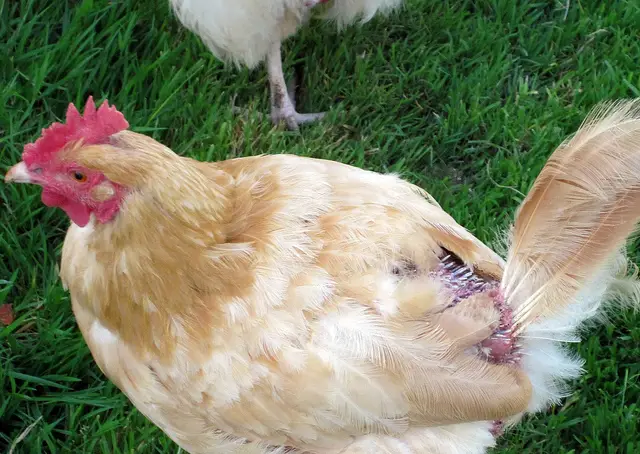Chickens are fascinating creatures with unique behaviors that contribute to their health and well-being. One such behavior is dust bathing, a natural activity that plays a crucial role in maintaining their hygiene and comfort. But what happens when winter arrives?
Do chickens still need dust baths when the ground is frozen or covered in snow? Let’s delve into the importance of dust baths, the challenges of winter, and how to ensure your chickens can continue this essential activity throughout the colder months.
Why Chickens Need Dust Baths Year-Round
Dust bathing is more than just a quirky behavior; it’s an essential part of a chicken’s hygiene routine. Chickens roll in dry, loose materials like sand, dirt, or ash, coating their feathers and skin. This activity helps in:
- Parasite Control: Dust suffocates and eliminates external parasites like mites and lice, which can cause discomfort and health issues.
- Feather Maintenance: Dust bathing keeps their feathers clean, reducing oil buildup and maintaining their insulating properties—essential in both hot and cold weather.
- Behavioral Benefits: Dust bathing is a natural instinct that provides mental stimulation and relieves stress. Depriving chickens of this activity can lead to boredom and behavioral issues.
Even in winter, these benefits remain critical. Without access to dust baths, chickens may experience increased parasite infestations and discomfort.
Challenges of Dust Bathing in Winter
Winter presents several obstacles to natural dust bathing. These include:
- Frozen or Snow-Covered Ground: Chickens rely on loose, dry dirt for dust bathing. When the ground is frozen or blanketed in snow, their usual bathing spots become inaccessible.
- Cold Temperatures: Harsh winter weather discourages chickens from spending extended periods outdoors.
- Health Risks: Without proper hygiene routines, chickens are more susceptible to skin irritations and parasite infestations.
To ensure your flock remains healthy and comfortable, it’s essential to provide alternative dust bathing solutions during the colder months.
How to Create an Indoor Dust Bath for Winter
Providing an indoor dust bath is an effective way to meet your chickens’ needs during winter. Follow these steps to set up a dust bath inside the coop:
- Choose a Suitable Container: Use a shallow, sturdy box or plastic tub large enough to accommodate a chicken comfortably.
- Select Appropriate Materials: Combine sand, dry soil, wood ash, and a small amount of diatomaceous earth. These materials replicate the texture and properties of natural dust.
- Placement and Setup: Place the container in a dry, well-ventilated area of the coop. Ensure it is easily accessible but not in a high-traffic area to avoid spillage.
- Maintenance: Replace the dust bath materials regularly to maintain cleanliness and prevent moisture buildup.
Alternative Dust Bath Materials for Winter
If traditional dirt and sand are unavailable, consider these alternatives:
- Peat Moss: Soft and lightweight, peat moss is an excellent option for indoor dust baths.
- Wood Ash: Rich in minerals, wood ash helps eliminate parasites. Ensure it is free of chemicals or treated wood.
- Dried Herbs: Add dried lavender, rosemary, or mint to the dust bath for their natural antibacterial and antifungal properties.
Avoid using materials that may clump or retain moisture, as these can lead to respiratory issues or mold growth.
Ensuring Safety and Comfort During Winter Dust Bathing
Indoor dust baths require careful management to ensure your chickens’ safety and comfort. Keep these tips in mind:
- Ventilation: Dust can irritate chickens’ respiratory systems. Place the dust bath in a well-ventilated area.
- Space Management: Provide enough space to prevent overcrowding and territorial disputes.
- Observation: Monitor your flock for signs of respiratory discomfort or unusual behavior, adjusting the setup as needed.
Encouraging Chickens to Use Indoor Dust Baths
Chickens may be hesitant to try a new dust bath setup. Encourage them by:
- Introducing Familiar Materials: Sprinkle some dirt from their outdoor bathing spots into the indoor bath.
- Demonstrating Use: Scatter treats or use a favorite chicken to demonstrate the new setup.
- Consistency: Keep the dust bath in the same location to help your chickens form a routine.
Common Mistakes to Avoid
While setting up a winter dust bath, avoid these common pitfalls:
- Using Harmful Materials: Avoid clumping sand, wet soil, or ashes from treated wood, as these can harm your chickens.
- Neglecting Maintenance: Regularly clean and refresh the dust bath materials to prevent contamination.
- Overlooking Health Issues: Watch for signs of discomfort or illness, such as excessive scratching or lethargy.
Frequently Asked Questions
Can chickens dust bathe in the snow?
While chickens may roll in snow, it doesn’t have the same cleaning properties as dust. Snow bathing can also chill them and is not a substitute for proper dust baths.
What is the best location for an indoor dust bath?
Place it in a dry, sheltered area within the coop where chickens feel safe and comfortable.
How often should I change the dust bath materials?
Replace the materials every 1-2 weeks or as needed to maintain cleanliness and effectiveness.
Is diatomaceous earth safe for chickens?
Yes, but use it sparingly and in well-ventilated areas to prevent respiratory irritation.
Can I use fireplace ash in the dust bath?
Yes, as long as the ash is from untreated wood and free of chemicals or debris.
Conclusion
Dust bathing is a year-round necessity for chickens, even during winter. By understanding their needs and providing a safe, accessible indoor dust bath, you can ensure your flock remains healthy, comfortable, and parasite-free. Taking these steps will not only support their physical well-being but also contribute to their happiness and overall quality of life.
Share this content:


